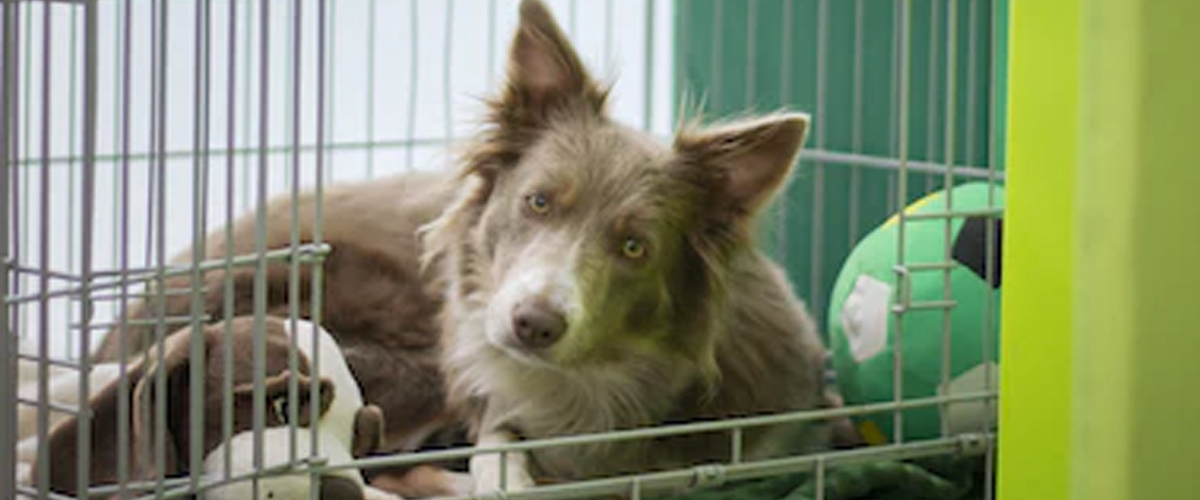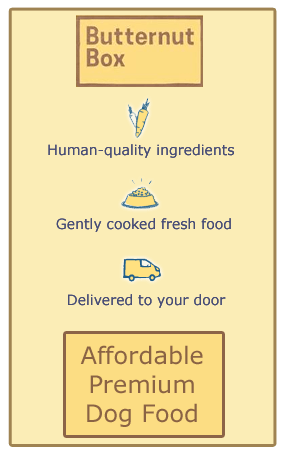Creating a safe and comfortable space for your dog can significantly contribute to their overall well-being.
A dog den or crate, when introduced correctly, can become a sanctuary for your pet, a place they can retreat to when needed.
THE DOG DEN AND CRATE
When introducing your puppy to their new den or crate, it’s crucial to be patient and persistent.
Start by placing the crate in a high-traffic area of your home like the living room, where your puppy can see and hear familiar faces and sounds.
Make the interior of the crate inviting and cozy by adding a soft bed or blanket, and perhaps a chew toy.
Encourage your pet to explore the crate by leaving the door open and allowing them to enter and exit freely.
APPEAL
To make the crate more appealing, consider incorporating it into your dog’s meal times.
Place their food bowl inside the crate, encouraging them to go in while they eat.
Initially, leave the door open during meal times, and once your dog seems comfortable, close the door for a few minutes at a time while they’re eating, gradually extending this period.
POSITIVE REINFORCEMENT
Implementing positive reinforcement techniques can enhance the training process.
Praise your dog enthusiastically and offer treats when they voluntarily go into the crate.
This will create a positive association with the crate, helping your dog understand that good things happen when they’re inside.
SLOW AND STEADY
While it’s important to encourage crate use, you should never force your dog into it.
This could create fear and anxiety, leading to a negative association with the crate.
Instead, focus on fostering a positive relationship between your dog and their crate, using it as a tool to aid in training and housebreaking, but never as a form of punishment.
Remember, every dog is unique, and what works for one might not work for another.
It’s important to tailor your approach based on your dog’s needs and personality.
For some dogs, crate training can take days, for others, it may take weeks or even months.
Patience and consistency are key.
DOGS NEED EXERCISE AND SPACE
Lastly, remember that a crate should never be used as a substitute for adequate exercise and interaction.
Dogs are social animals and need plenty of time to play, explore, and bond with their human families.
Use the crate wisely to help manage their behavior and provide a safe space, but always balance it with enough time for physical exercise and socialization.
Through understanding, patience, and consistency, you can help your dog see their crate as a safe, comfortable space where they can relax and retreat when needed.








